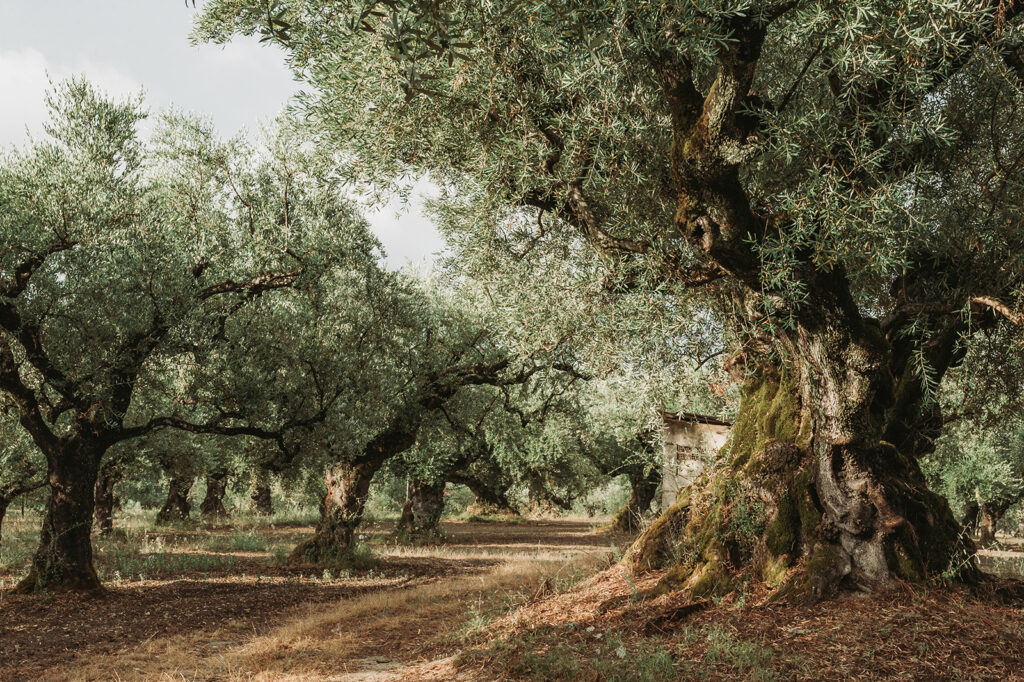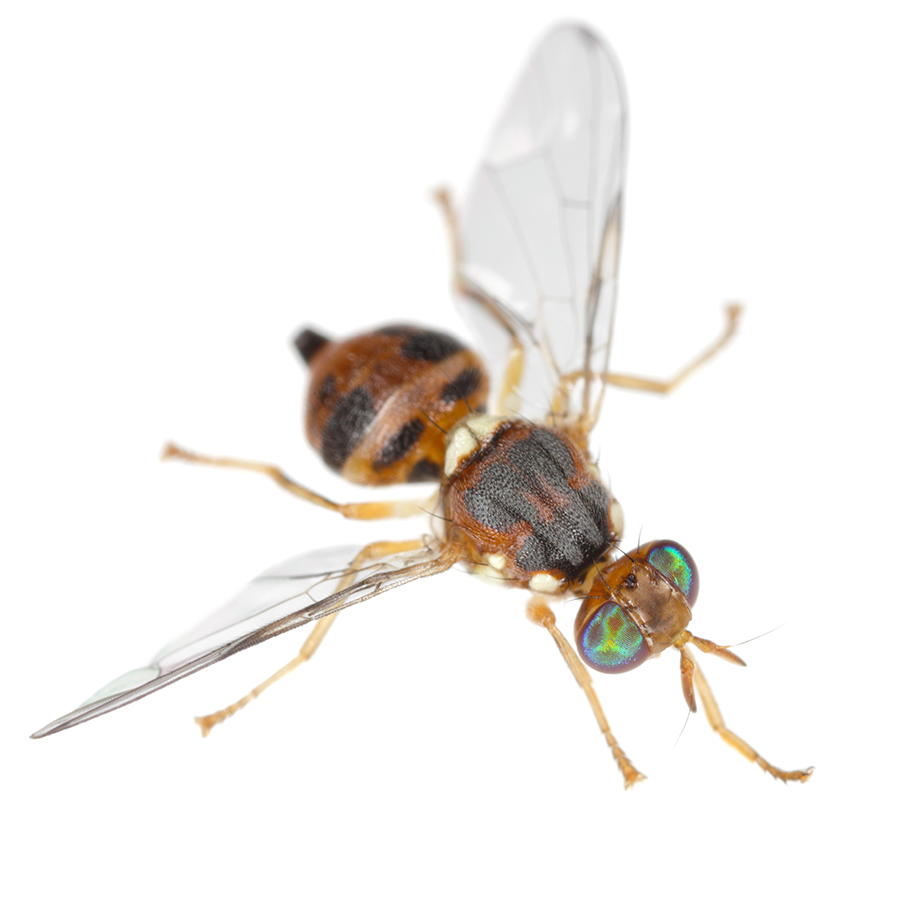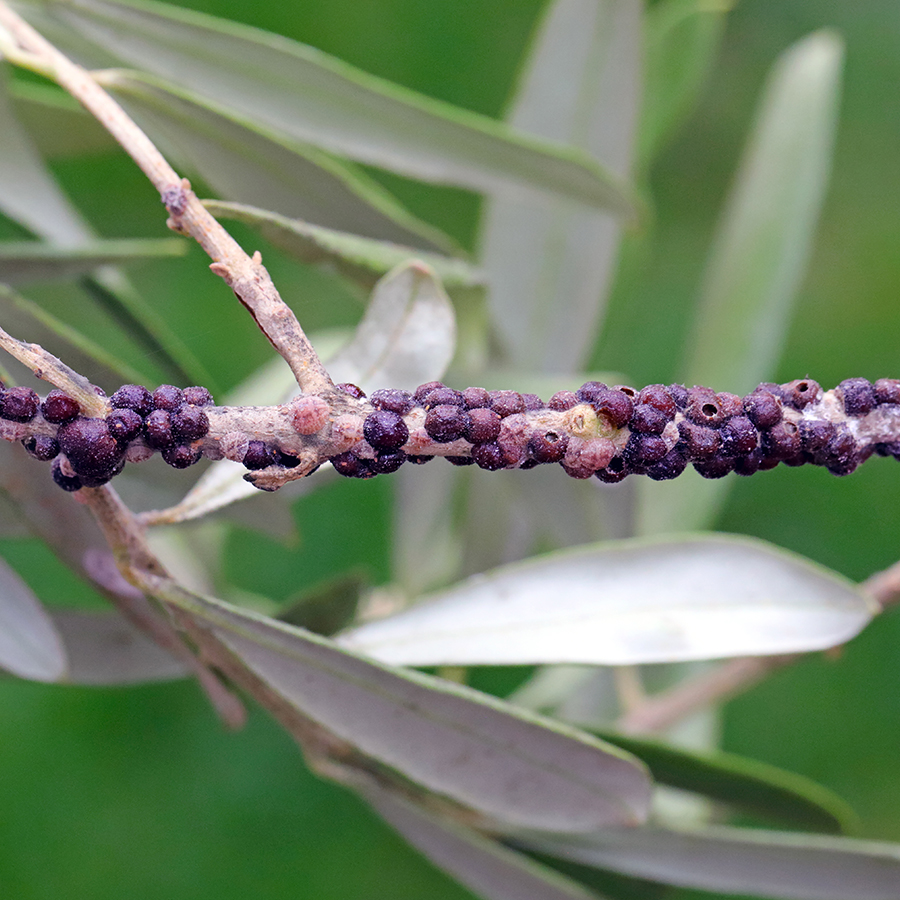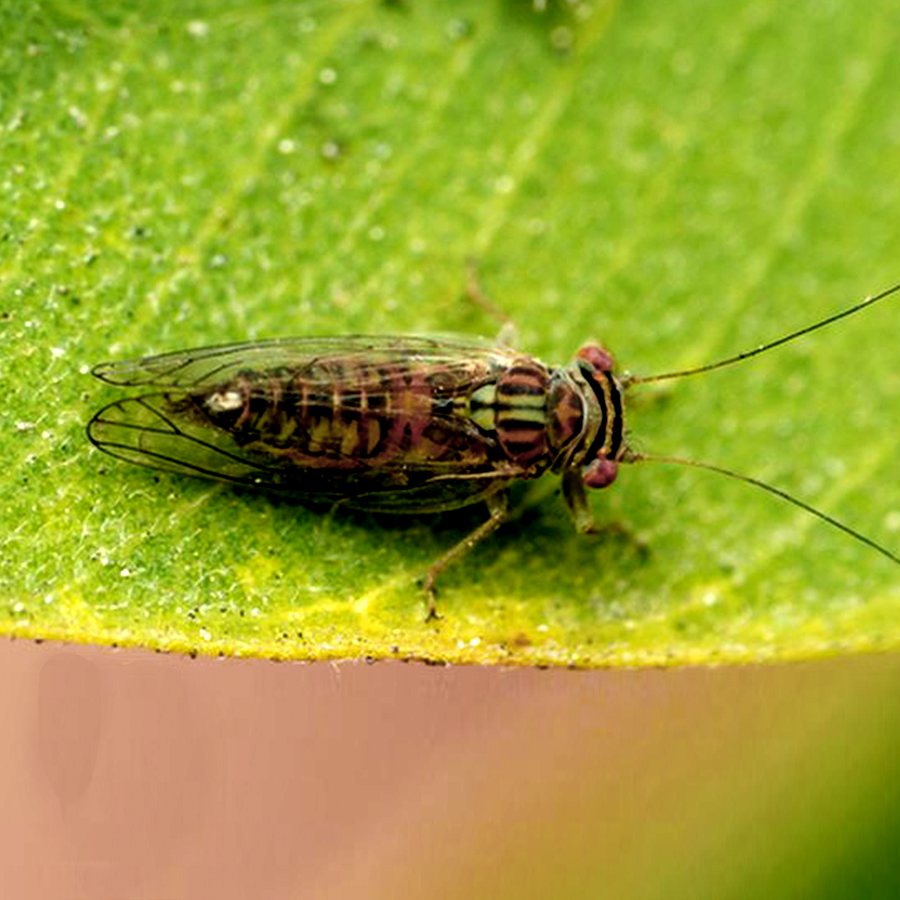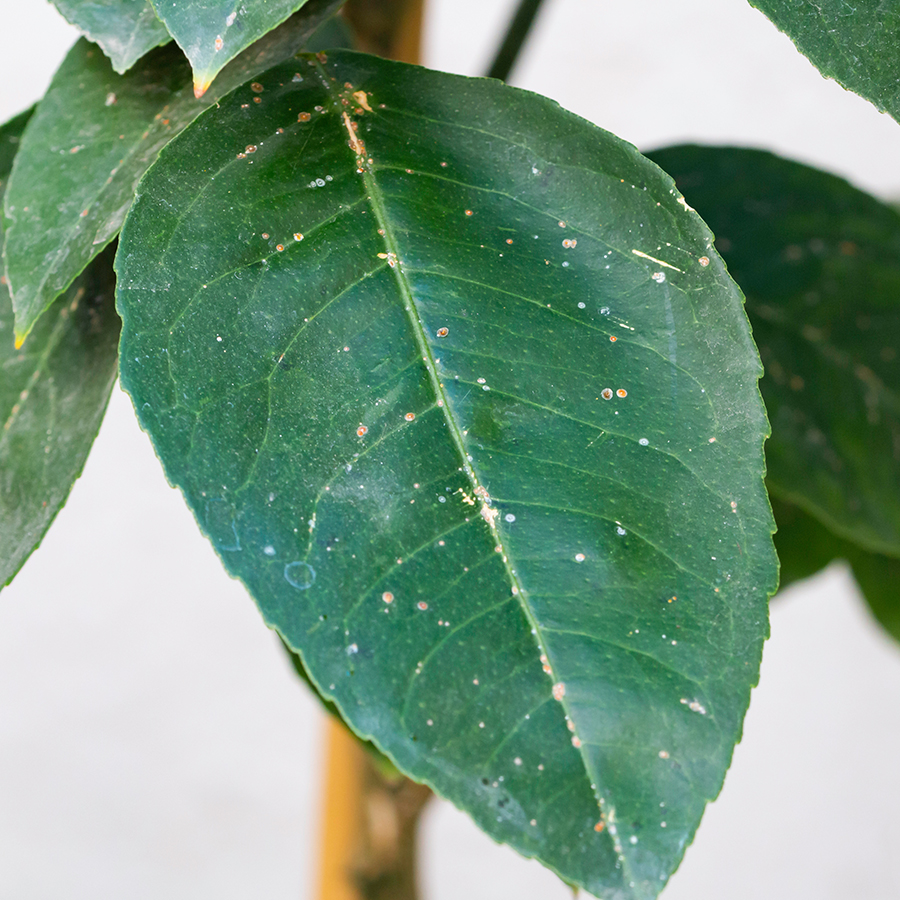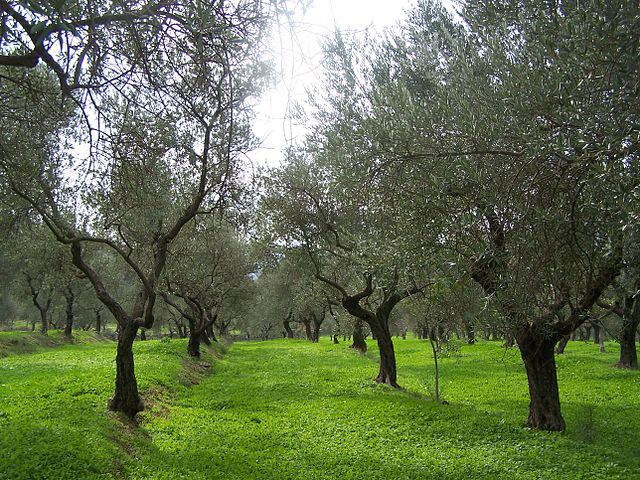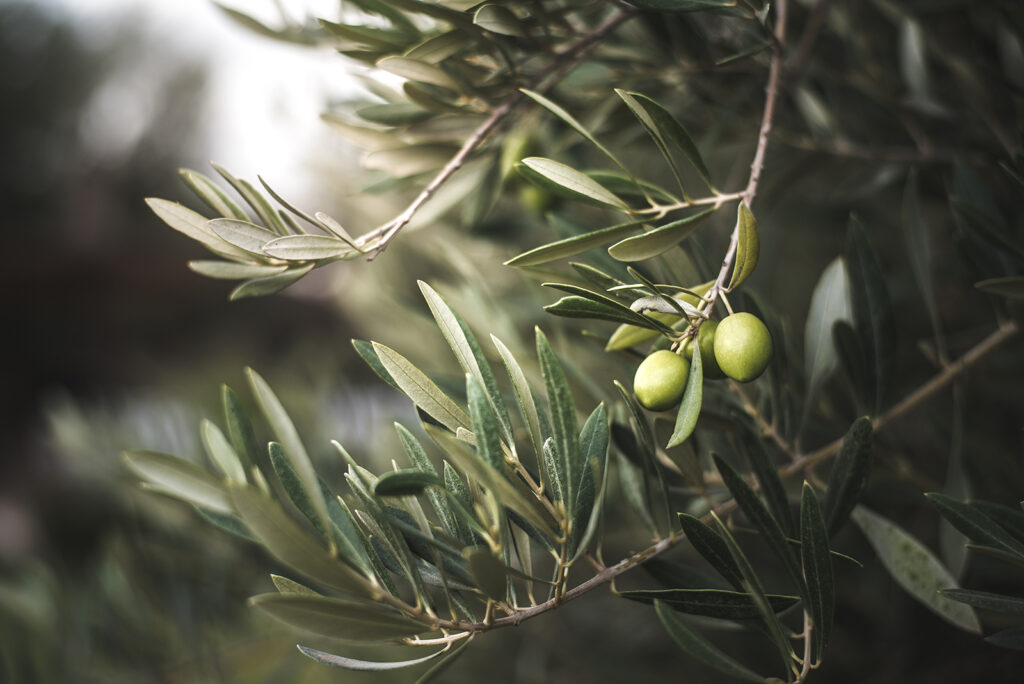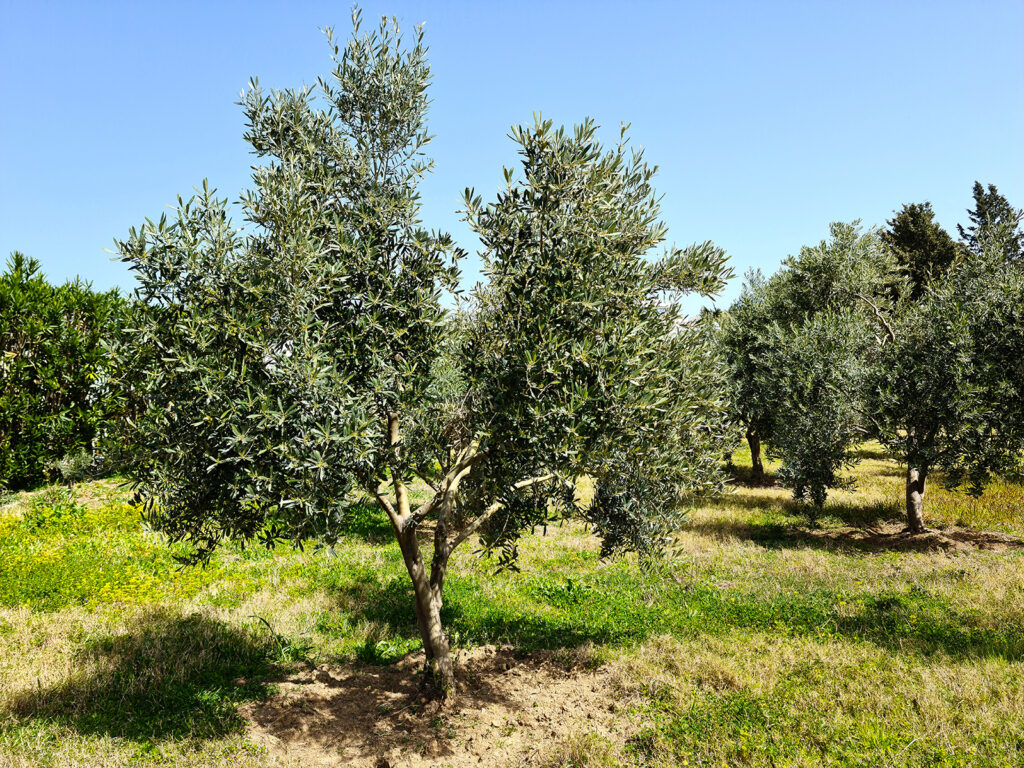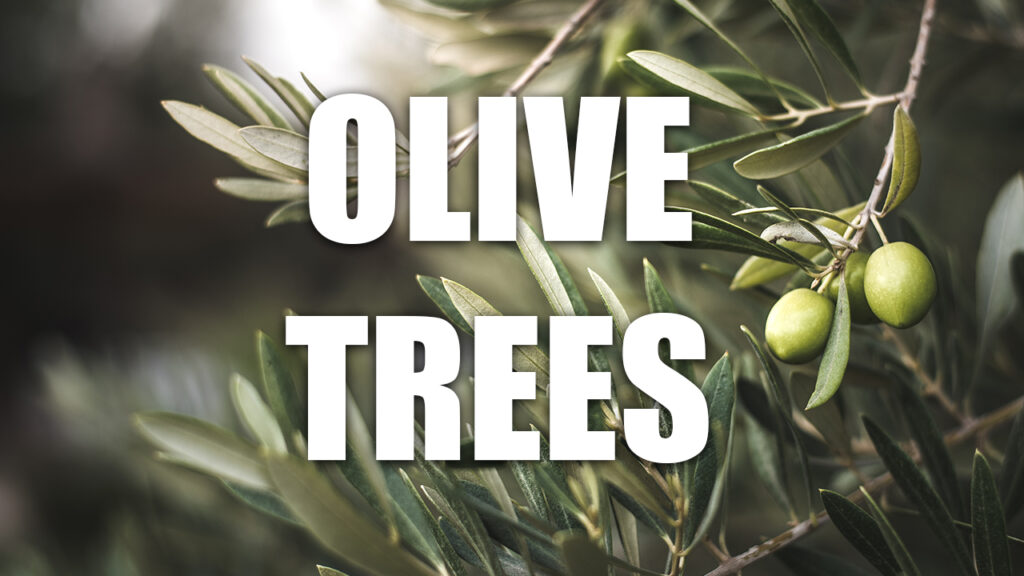
Olive Trees
The cultivation of the olive tree dates back to ancient times. The Minoan colonists from Asia Minor (modern-day Turkey) were among the first to domesticate the wild olive tree, introducing it to the island of Crete and other Mediterranean islands around 2400 BCE.
Since then, the olive tree has become an important crop in many parts of the world, particularly in regions with a Mediterranean climate. These trees can grow to impressive heights and widths, with some reaching up to 30 feet tall and sporting trunks up to 6 inches wide.
While olive trees are drought tolerant once established, they require regular irrigation when young or planted in hot climates such as those found in Phoenix and Los Angeles. Although olive trees can be grown as far north as Canada, they need protection from cold weather, especially during the winter months.
Pests of Olive Trees in California
Descriptions and Photos of Olive Tree Pests
Olive Fruit Fly
Black Scale
Diseases of Olive Trees in California
Descriptions and Photos of Olive Tree Diseases
Olive Peacock Spot
Olive peacock spot, caused by the fungus Cycloconium oleaginum, is a common tree disease. The disease affects the leaves, causing circular, dark spots with a light-colored center. In severe cases, the leaves can yellow and drop prematurely, leading to reduced photosynthesis. The disease can be prevented by practicing good sanitation and removing infected leaves and branches. Fungicides can also be used to manage the disease.
Anthracnose

Olive Knot
Olive Quick Decline Syndrome (OQDS)
Olive quick decline syndrome (OQDS) is a new disease of trees in the Bay Area, first detected in 2017. The disease is caused by the bacterium Xylella fastidiosa and affects the tree’s vascular system, leading to rapid decline and death. Symptoms include leaf scorch, wilting, and necrosis of the branches. OQDS is currently spreading in Italy, Spain, and France, and poses a significant threat to the olive industry in California. The disease can be prevented by using disease-free planting material and practicing good sanitation.
Verticillium Wilt
Olive trees are one of the oldest cultivated plants in the world.
How to distinguish an olive tree from other trees?
Olive trees are distinguished by their leaves which are often shiny and smooth, with no hairs or prickles.
The olive tree grows in pairs at the base of its branches. These pairs of leaves grow opposite each other on the stem and have short stalks called petioles that attach them to their branches. The shape of an olive leaf is elliptical or lanceolate in outline, meaning it has a long point at one end like an arrowhead. This shape helps maximize surface area for photosynthesis while minimizing surface area for evaporation during dry weather.
Take Care of Your Trees
Proper tree care is essential to maintaining healthy growth and longevity. To take care of your trees, you should water them deeply and regularly, especially during hot and dry months. Avoid overwatering, as this can cause root rot and other problems. A layer of mulch around the base of the trees can help conserve moisture and regulate soil temperature. To prevent rot, make sure not to pile mulch too high against the trunk.
Pruning trees regularly helps maintain shape and structure, removes dead or diseased wood, and promotes healthy growth. Pruning should be done during the dormant season, typically late winter or early spring. In the spring or early summer, fertilize your trees to provide them with the necessary nutrients for growth. Monitoring for signs of pests and disease and taking action immediately when necessary is also important for protecting your trees. Seasonal care such as removing fallen leaves in autumn, providing extra protection during winter, and monitoring for pests and disease all year round, is crucial for the health of your trees. With time and attention, proper tree care can result in healthy and long-lasting trees.

